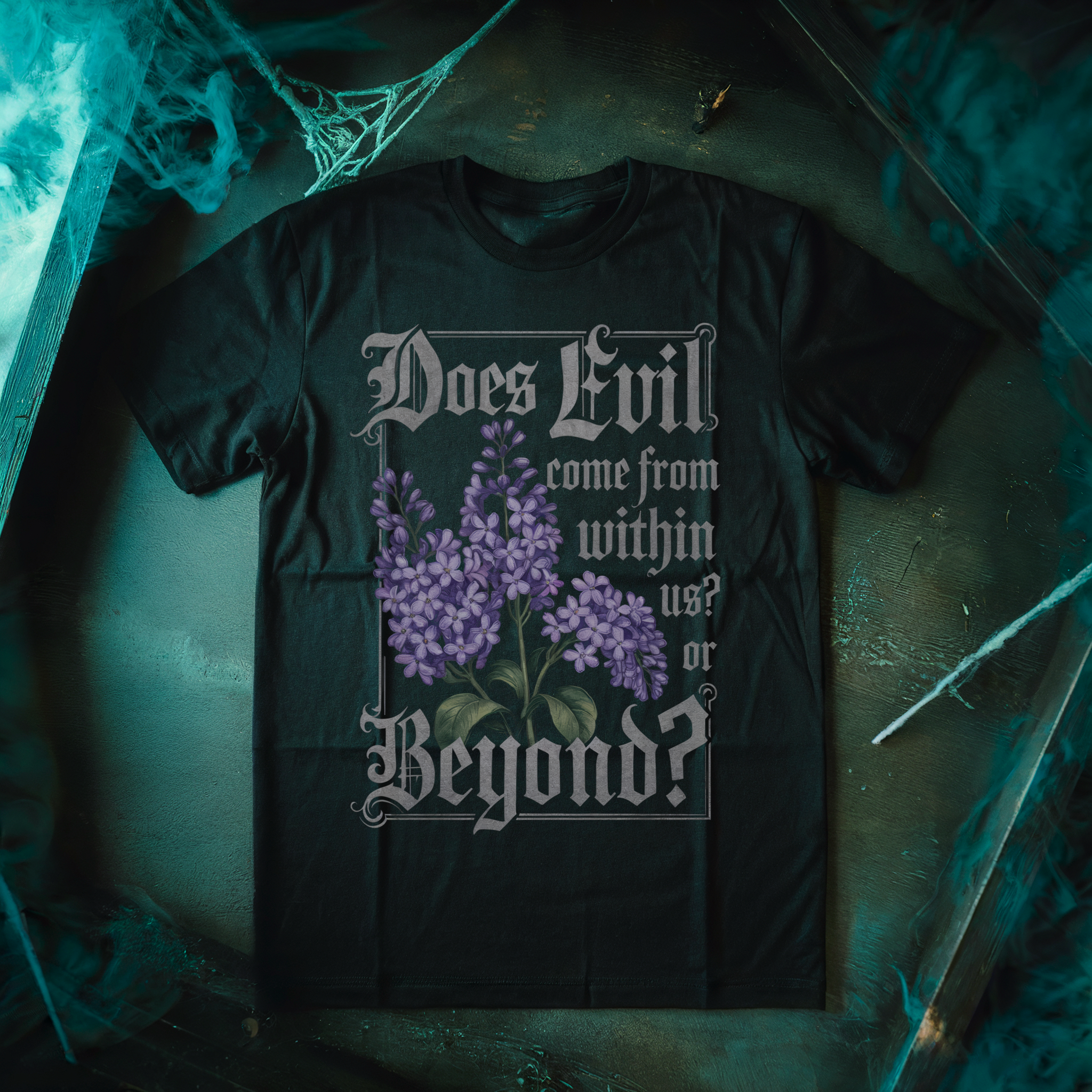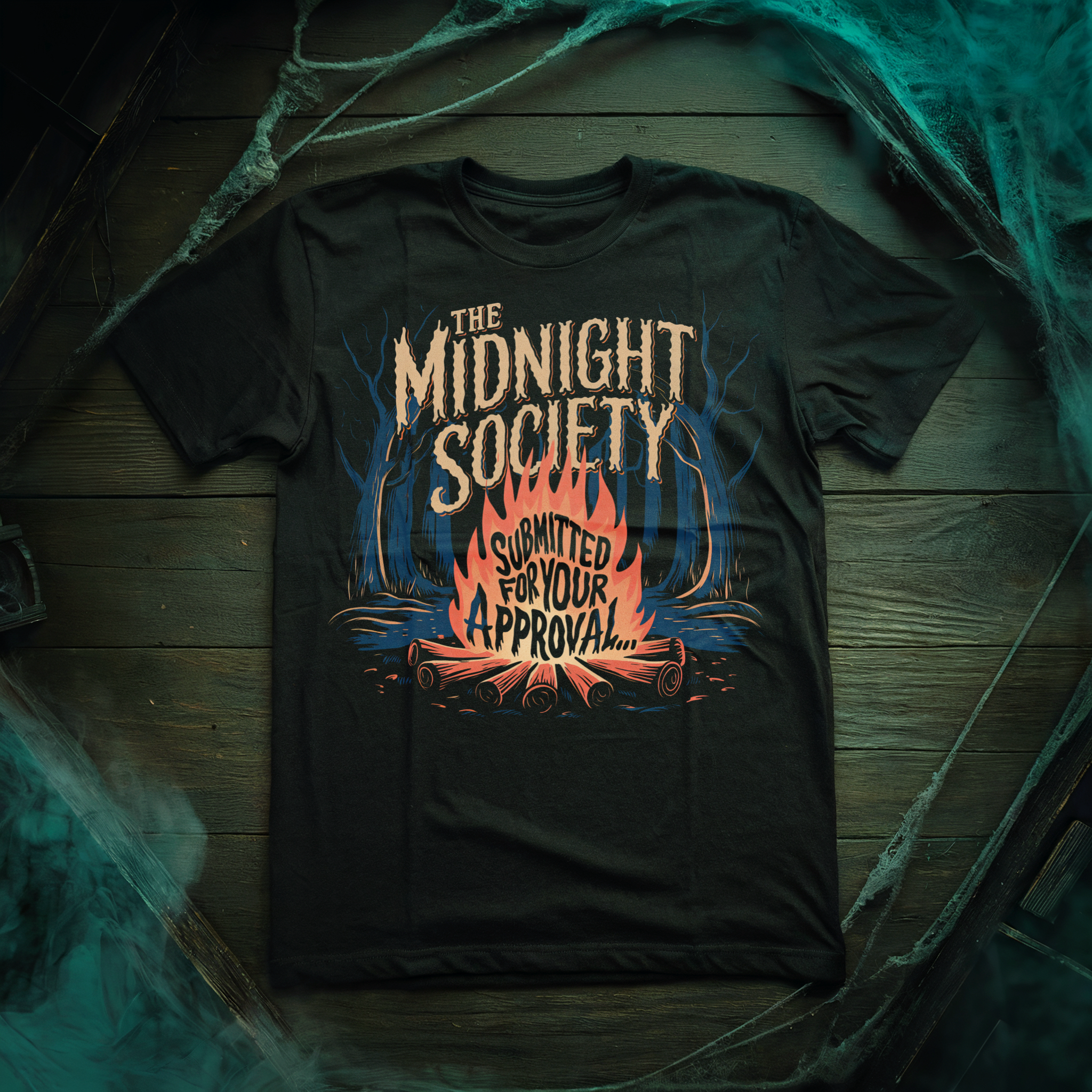New Year’s is a celebration often lost within a mix of horror genre themes as it falls between that monotonous season following the salacious holiday months. Few filmmakers have dared to incorporate the time of renewal as a mechanism of horror, but Sophia Takal has smartly embraced the late night countdown with the addition of social media terror in her film, New Year, New You, the latest installment of Blumhouse and Hulu’s exclusive series, Into The Dark.
As Blumhouse’s first female director, Takal carries the praise and attention with modesty and charm. As an up-and-coming director, Takal tackles relevant socioeconomic content with poise and dares to channel the eye of Stanley Kubrick and Ti West, cutting each scene with a sharp personalized edge. Upon release of New Year, New You, I had the pleasure of speaking with Takal about the inspiration behind her female-driven thriller as she’s become another pioneer not only for Blumhouse, but for the horror genre as a whole.
“[New Year, New You is largely] about these interpersonal dynamics, and shifting allegiances and looking critically at images of femininity that we receive as a society…”
Jessica Rose for Nightmare On Film Street: I get together with my friends each year, religiously, for a game of Bunco, no matter what’s going on in anybody’s life. Did you draw on any personal experiences or relationships when you started filming this?
Sophia Takal: Oh, I wish. No, I’m barely friends with like anybody from high school so unfortunately I have to use my imagination for that part of it. I, of course, have intimate female friendships that are rife with competition and jealousy and complicated histories. So, I definitely understood this idea of people in your life who you maybe feel have more status than you and you want to stay friends with them, but there’s just something gnawing at you that keeps you from being able to really let your guard down and just love the person the way you used to.
I also really related to this idea that when you have a friend who suddenly gets very successful, there’s a fear that that is going to change your relationship. And in this case it did in the movie, but I find that if I have a friend who is doing well or having success in their career the first thing that I’m afraid of is [that] I’m going to lose them as a friend. And somehow that morphed into something kind of toxic. And I end up getting pre-maturely angry at them for ditching me and then that ends up being the cause of why we stopped being friends. Those are the things that I kind of related to with the characters.
NOFS: I think that’s something that a lot of people feel, but nobody ever really admits. Speaking of, you’re one of Blumhouse’s first female directors. I think it’s wonderful because we need strong women in horror. We need strong women in film, period, and I think that’s a great accomplishment. How did you get involved in this project?
ST: I had made a movie called Always Shine. The people who were working on this show, the Blumouse executives, had seen and I think that they thought that I would be a good fit for this particular story. The script that they had, because it’s about women and it’s kind of about these interpersonal dynamics, and shifting allegiances and looking critically at images of femininity that we receive as a society, because that was a lot of what my last film, Always Shine, was about. Then they just approached my agent and I met with them and I thought it was a great script. I read it thought it was a great concept for a holiday horror movie and I don’t think there’s a ton of New Year horror movies out there, so it was fun to add a movie to that.
“There’s a particular strain of self care and self love that’s very narcissistic and it’s just like self-love for the sake of self-love…”
NOFS: Social media plays a huge role in the film. How did you build on that as a vehicle for jealousy?
ST: Well, in the script that Adam [Gaines] wrote that Danielle was a social media celebrity. And then, for me to make it more specific, I sort of focused her social media celebrity on health and wellness and healthcare culture. I think, for me, that’s the area of social media and I’m sure that I’m I’m just like most familiar with because I live in LA. Everyone buys crystals and drinks juices. There’s a particular strain of self care and self love that’s very narcissistic and it’s just like self-love for the sake of self-love and self care for the sake of healthcare and not, you know, because you’re an activist who’s working so hard helping other people that you tend to neglect yourself, so it’s really important to take care of yourself too. That’s the type of healthcare that I’m just like, of course that makes sense. But then there’s this other type of healthcare that’s very “me” focused and presentational, and I just find that kind of disturbing and weird and I thought it was like the right thing to look at in a horror movie, that’s a little satirical.
“I really wanted to play around with this idea of duality and […] social media being a reflection of ourselves in our society.”
NOFS: What about color? I always look for stuff that’s really analytical in film. I noticed that there was a lot of pops and fades of green. When I see green it immediately makes me think of jealousy and I thought that that fit really well with your specific approach to the color palette that you chose.
ST: Well a lot of what I discussed with my cinematographer and production designer was just like rooted in being drawn to American cinema from the 1970s and finding colors that fit in that palette and looking at movies from that era. I really wish my intellect could take credit for the flashes of green equaling jealousy, but it was more of an intuitive thing, more like when we were trying to sell the look of the flashbacks and certain other areas like there was just the color that I intuitively liked, but I don’t think I was thinking like “Oh, this means jealousy so let’s make it green”. I think what’s so interesting about movies is certain things are so conscious and intentional, like the mirrors were something I thought about a lot and talked about intellectually a lot, and then other elements could equal that, could be read into equally, as easily, but come from like a more subconscious place.
NOFS: Can you talk more about your focus on mirrors in the film?
ST: I really wanted to play around with this idea of duality and, you know, skirt one character becoming the other in there. Also, the idea that social media is a reflection of ourselves. So there’s like all these literal reflections as a visual motif for the idea of social media being a reflection of ourselves in our society.
NOFS: It definitely is a reflection. A super intense one. I know that you said that you were influenced by films of the 1970’s. Were there any specific films or filmmakers that you drew from?
ST: Yes. Robert Altman and his movie Images was a big one. The Shining was a big one. Brian De Palma was a director that I talked about particularly in the editing, also Don’t Look Now, the Nicholas Roeg movie, and then also Ti West. This is not from the 70’s obviously, but The House of the Devil is one that I love and especially the color palette. It was something that I talked about a lot with my cinematographer and production designer and yeah, those are basically the big ones, the big indulgences.
NOFS: Can we expect anything new from you in 2019?
ST: I hope to make some new things. You know, I’m developing a bunch of stuff, so I’m hoping that I get to shoot something else next year.
NOFS: My last question is, of course, do you have any New Year’s resolutions?
ST: Holy shit. Do I have any New Year’s resolutions. You know I don’t think so. I think I’ll try to be less anxious?
New Year, New You is currently streaming exclusively on Hulu. If you haven’t yet, make it an easy resolution to watch it before you’re the odd man out of the social media attention surrounding it! And why not let us know what you thought of the film on Twitter, Reddit, and in the Horror Movie Fiend Club on Facebook.









